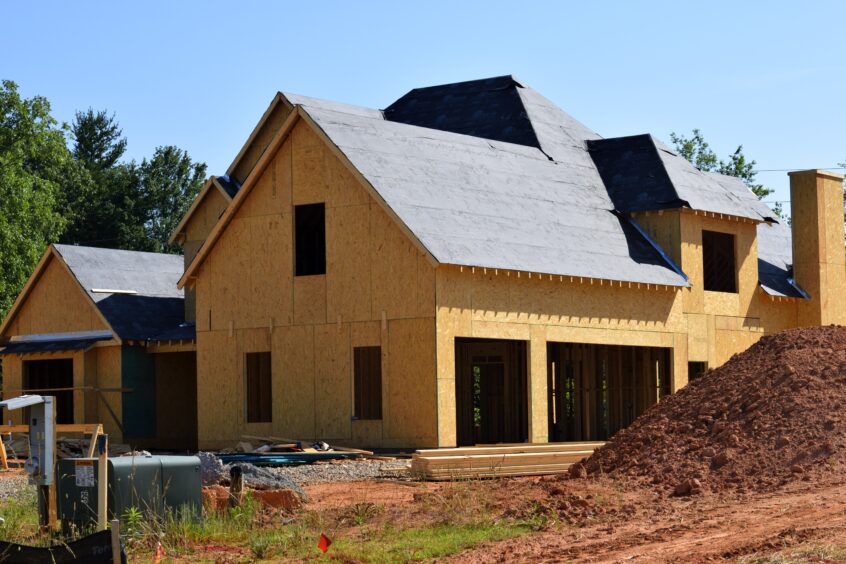Introduction
The capital stack is an essential concept in real estate investment, as it details how a transaction is financed. Most commercial real estate acquisitions or developments receive investment from more than one source and investors with different goals. Real estate crowdfunding has moved firmly into the mainstream as a tool to raise capital from retail investors. It’s essential to understand how capital stacks are put together, what it means to put your money in one part of the stack, and how it is a community-led economic development strategy.
Real Estate Crowdfunding Is Syndication For Nonaccredited Investors
Real estate syndication is a way for investors to pool their financial and intellectual resources to invest in properties and projects much more extensive than they could afford or manage independently. In the past, only the wealthiest and most connected individuals could participate in real estate syndications. After all, these syndications would usually invest multi-millions in commercial real estate properties around the country. The emergence of real estate crowdfunding since the JOBS Act passed in 2012 has accelerated an individual’s access to real estate syndication. Let’s look into the basics of real estate syndication and how it works in more detail.
Real Estate Help Democratization to Investing
For the last 80-years, only “sophisticated investors,” funds, and REITs could invest in the multifamily sector. In recent years, crowdfunding has changed that. Real Estate Crowdfunding enables the power of the crowd investors, non-accredited investors, to get in on investments that were formerly the exclusive province of the wealthy. For decades, this has meant that only a small group of investors have had a say in what projects are built and which ones don’t get the funding. The power of this small wealthy group of investors has been outsized and constructed only for their enrichment and not for the good of communities and people. Real estate crowdfunding gives a voice to the people and allows them to vote with their dollars.
What is the Capital Stack In Real Estate Development
There are four components of the capital stack you’re most likely to encounter when investing in real estate through a crowdfunding platform: senior debt, mezzanine debt, preferred equity, and common equity.
- Senior Debt – is secured by a mortgage or deed of trust on the property itself, so if the borrower fails to pay, the lender can take title to the property. This dramatically reduces risk on the principal invested because, at worst, the lender owns the parcel and will look to maximize value by selling the property or selling the non-performing loan. The “cost” of this lower level of risk is a lower yield on the money invested.
- Mezzanine Debt – sits below the senior debt in order of payment priority. Once the developer pays operating expenses and the old debt payment, all income must pay the mezzanine debt’s fixed coupon. If the developer is unable to pay (assuming they aren’t also in default under the senior obligation), the lender typically can quickly take control of the property. The senior debt and mezzanine lenders will usually agree, called an inter-creditor agreement, where they spell out how their rights interact (i.e., what happens if a developer stops paying both of them). Mezzanine debt typically has a higher rate of return than senior debt but lower than equity.
- Preferred Equity – is very flexible, and it gets its name because preferred equity holders have a choice right to payments over regular equity holders. In terms of other characteristics, they will range from “hard” preferred equity, which can be very similar to mezzanine debt and include a fixed coupon and maturity date, to “soft” preferred equity, which is more likely to have some of the financial upsides if the project performs well.
- Common Equity – is the riskiest and most profitable portion of the real estate capital stack. Typically the developer or sponsor will be required — by the lender and by other equity investors — to invest their own money as some portion of the equity to have skin in the game. As an investor in equity, your risk is the greatest because every other tranche of capital is entitled to get paid before you; however, equity investors usually have no cap on their potential returns if the property does well.
Understanding Your Real Estate Investment Strategy
Understanding the different investment structures across the capital stack and how they impact both risk and return is a critical step in making real estate part of your investment portfolio. Much like investing in stocks and bonds, how you allocate between equity and debt real estate investments should depend on your investment goals and strategy, including your risk tolerance.
Key Takeaways
Like any investor, a crowdfunding investor needs to determine their strategy before contributing to a capital stack. What’s more important: a steady income or the opportunity for sizable capital gains? How much risk is acceptable? A careful examination of the asset and the proposed capital structure is as crucial for a crowdfunding investor as any other investor — wherever they want to be in the capital stack. If you want to learn more about how you can participate in the real estate crowdfunding opportunity, grab your Free copy of Real Estate Crowdfunding Basics, and join our mailing list. Please visit Crowd-Max.com.

